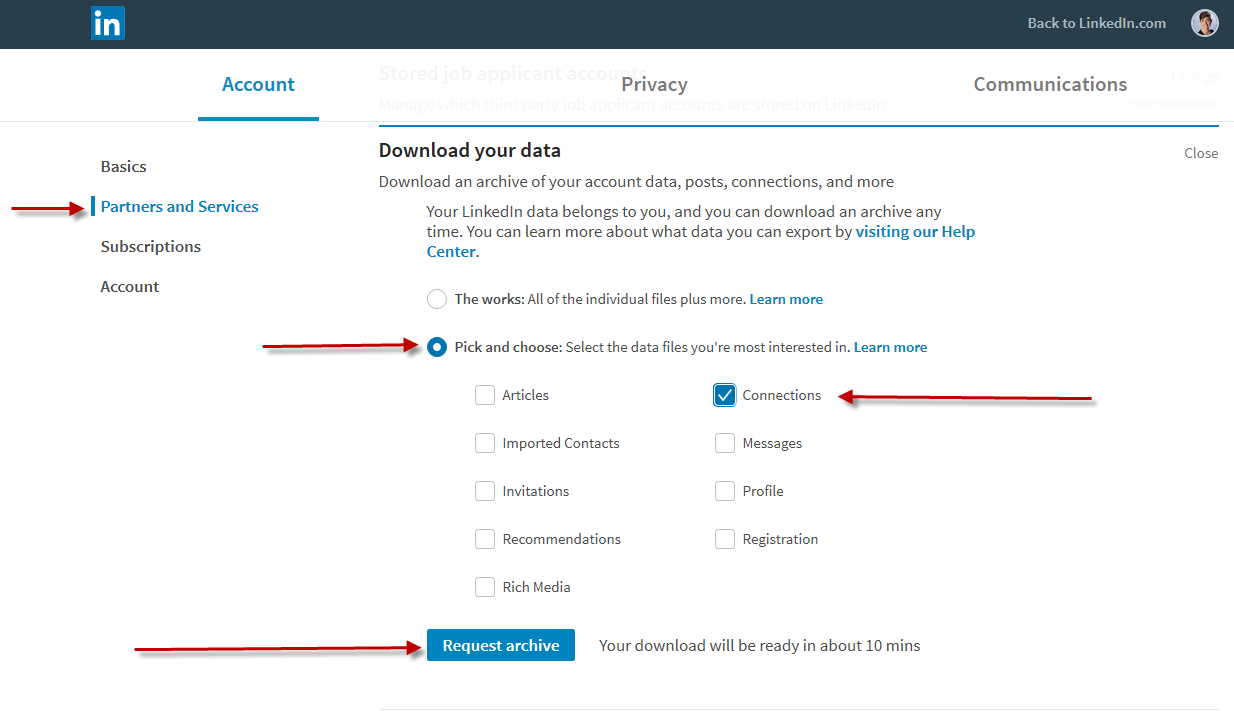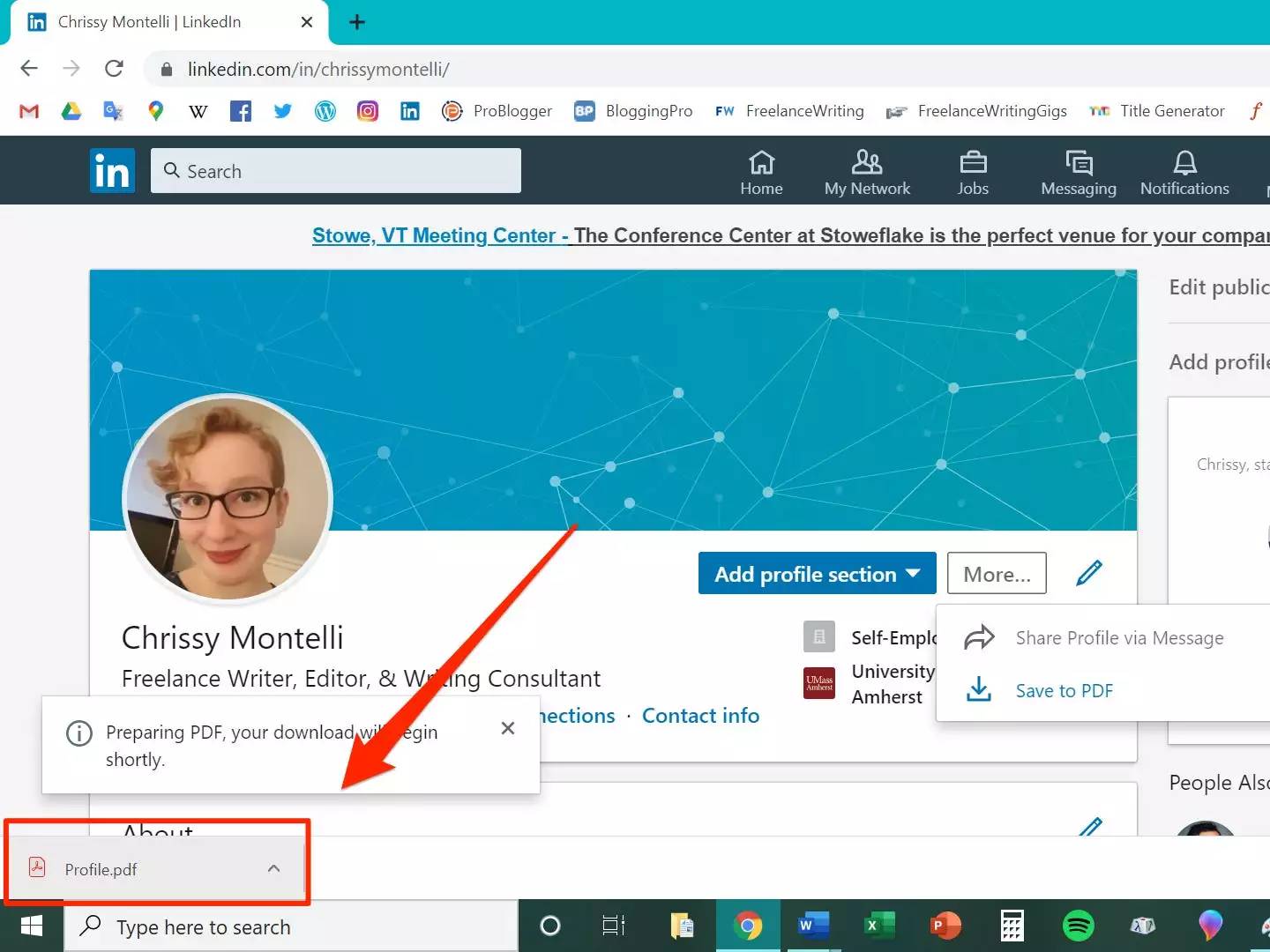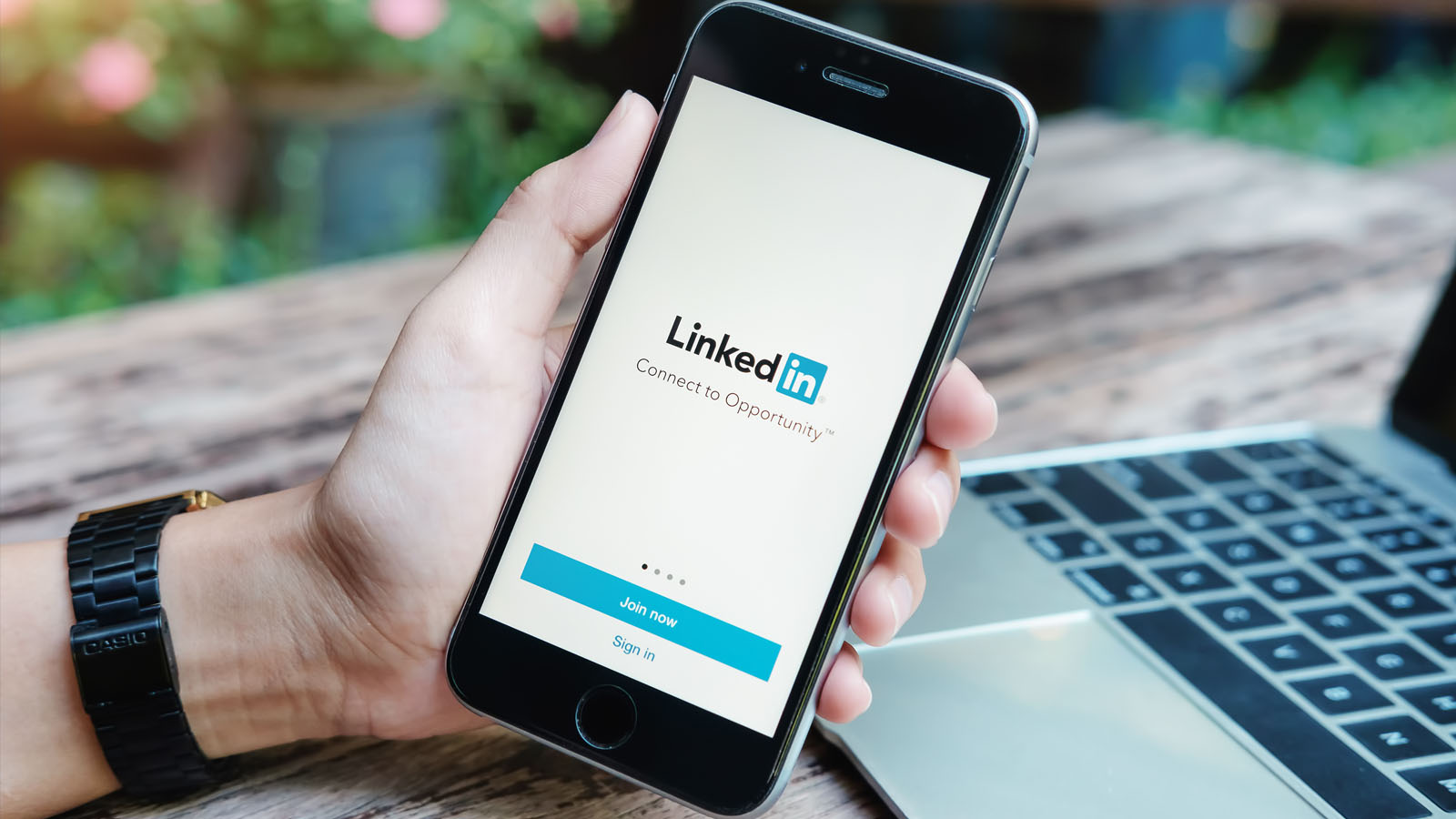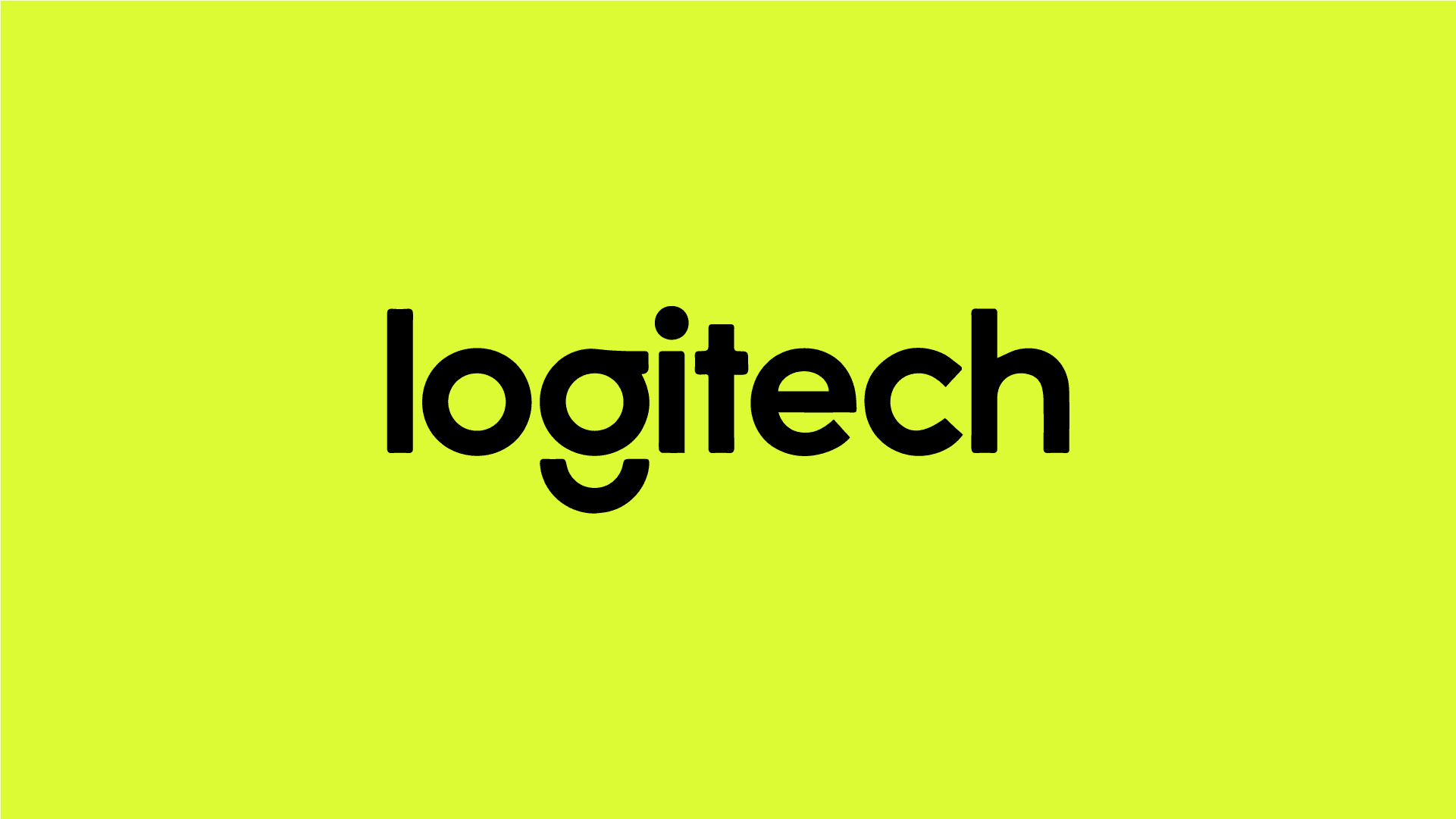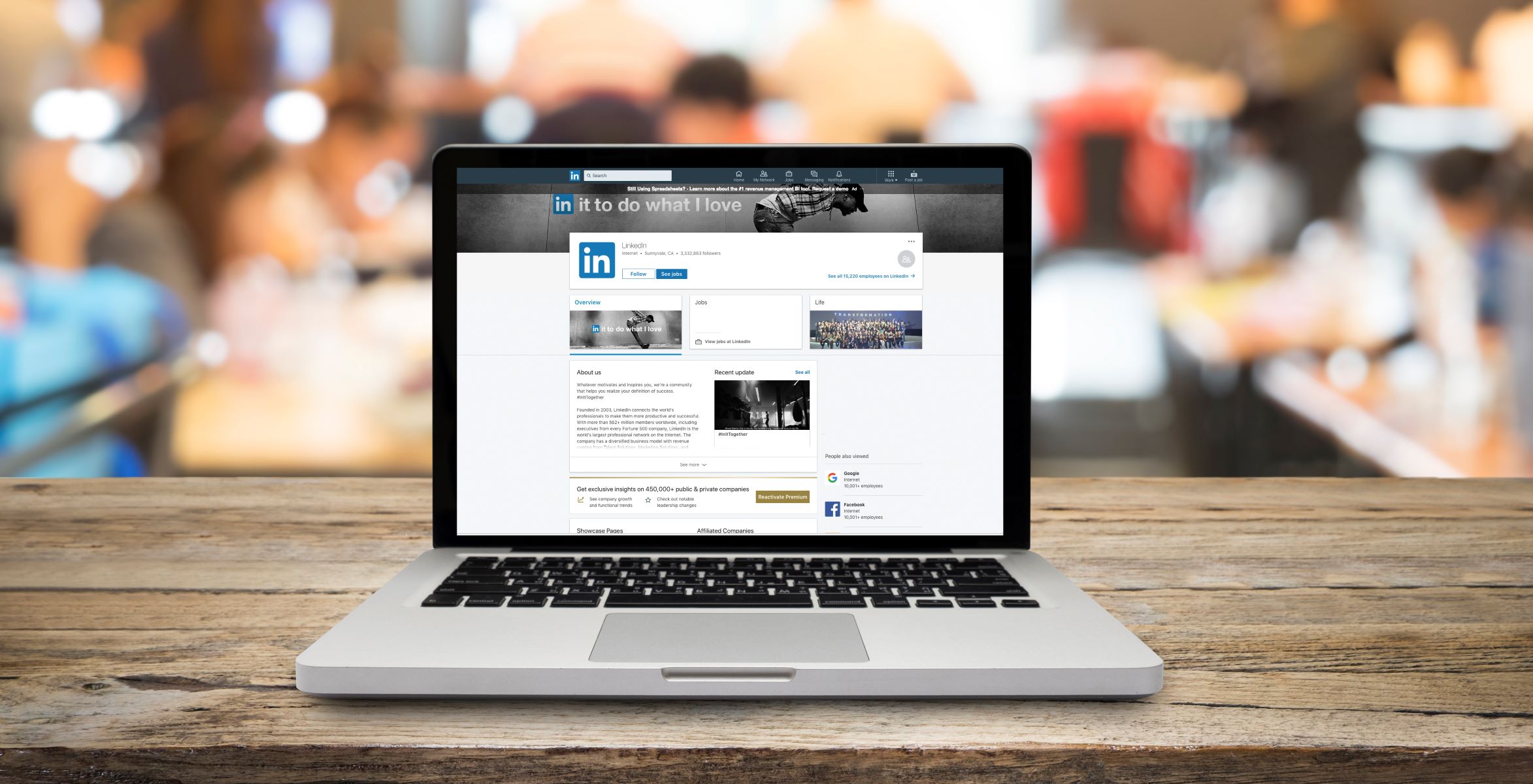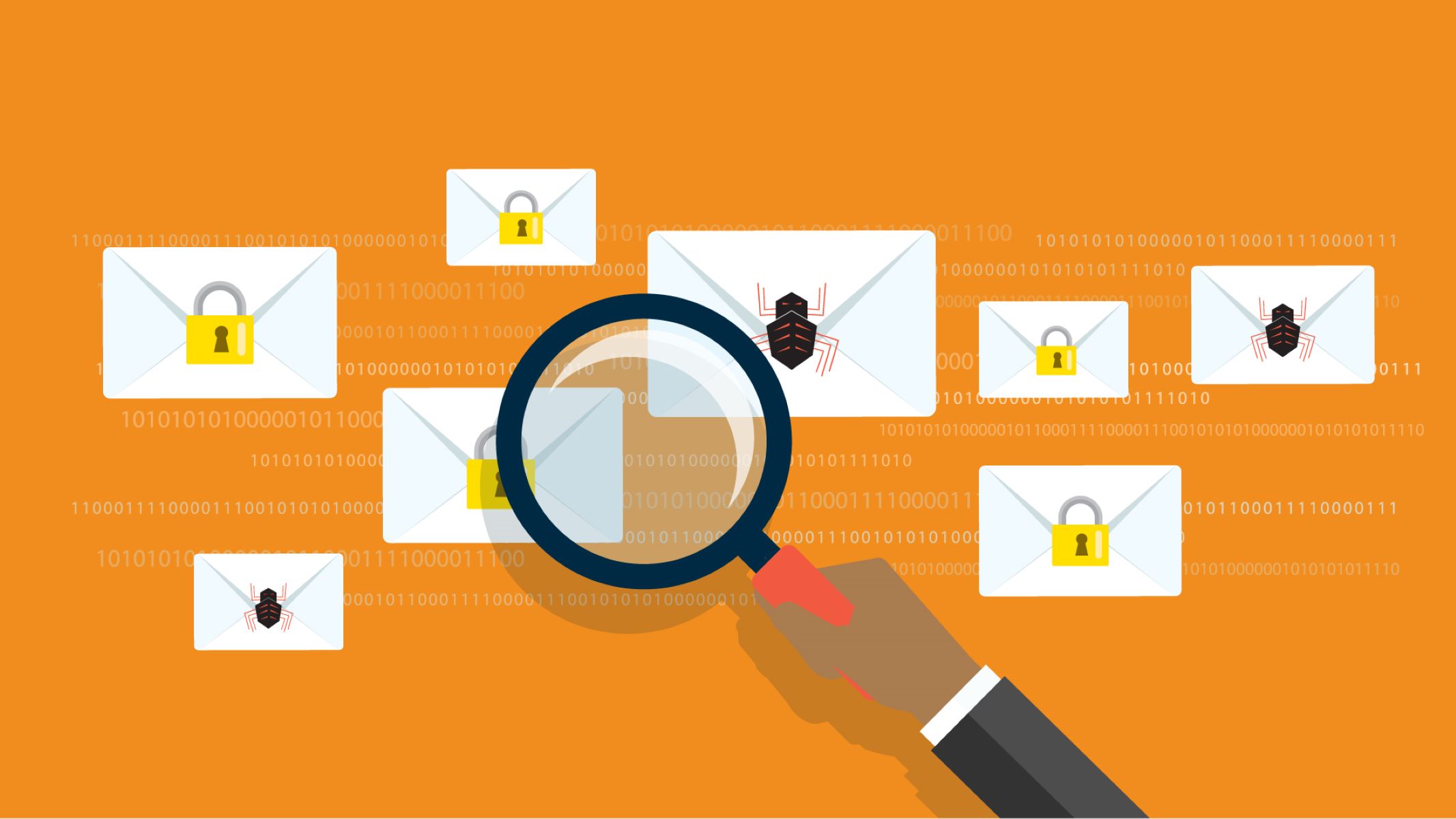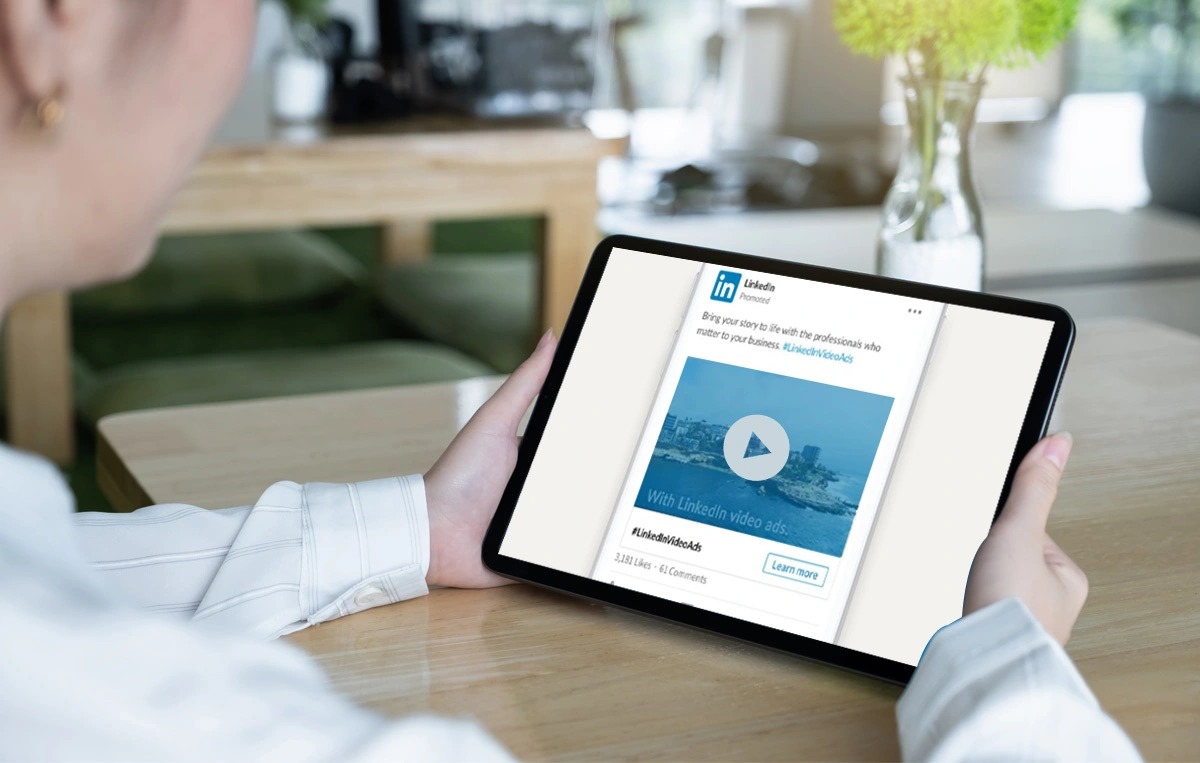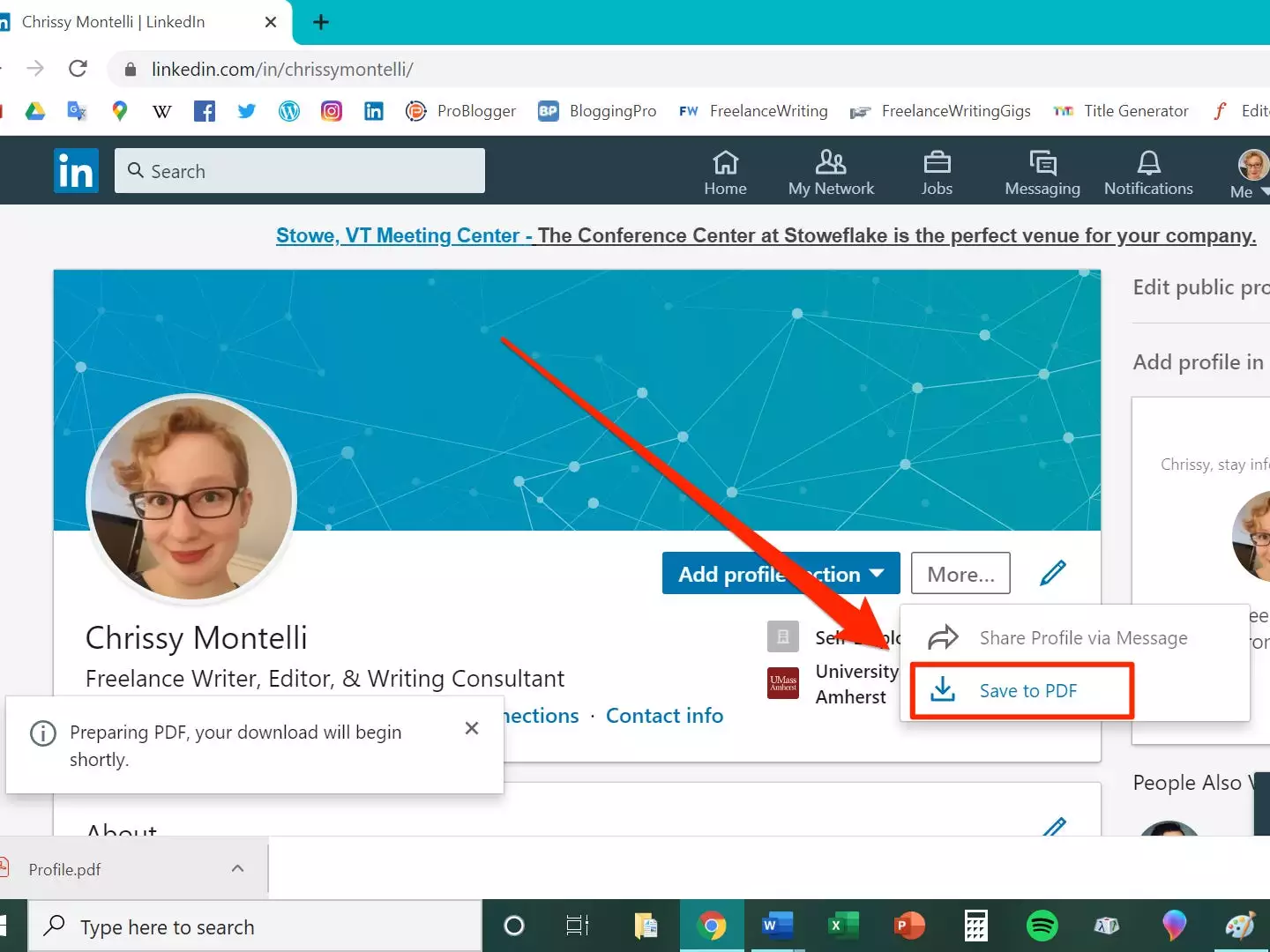Introduction
Welcome to the world of LinkedIn, a powerful professional networking platform that connects millions of professionals across various industries. With the vast network of connections you’ve built, it’s important to have a way to download and save your contacts for future reference and convenience.
Downloading your contacts from LinkedIn allows you to keep a backup of your connections, access their information offline, and import them into other platforms or tools. Whether you’re switching jobs, expanding your network, or simply want to have a copy of your contacts for personal use, LinkedIn provides an easy way to download this valuable data.
In this step-by-step guide, we’ll walk you through the process of downloading your contacts from LinkedIn. Whether you’re a seasoned LinkedIn user or a newbie to the platform, rest assured that this process is straightforward and doesn’t require any technical expertise.
So, if you’re ready to take control of your LinkedIn contacts and have them conveniently available at your fingertips, let’s dive into the step-by-step process of downloading your contacts from LinkedIn.
Step 1: Log in to LinkedIn
The first step to downloading your LinkedIn contacts is to log in to your LinkedIn account. If you don’t have an account yet, you’ll need to create one before proceeding with this guide.
Once you’re logged in, you’ll be taken to your LinkedIn homepage. This is where you’ll find various sections and features that LinkedIn offers, including your connections.
To access your connections, you can either click on the “My Network” tab at the top of the page or click on your profile picture in the top right corner and select “Connections” from the drop-down menu.
LinkedIn is a secure platform, ensuring the privacy of your personal and professional information. To maintain this security, make sure you’re logging in from a trusted device and network. If you’re using a public computer or an unsecured Wi-Fi network, it’s recommended to avoid logging in to your LinkedIn account to protect your data.
Once you’re confident about the security of your device and network, go ahead and log in to LinkedIn to begin the process of downloading your contacts.
Step 2: Go to your Connections page
After logging in to LinkedIn, the next step is to navigate to your Connections page. This is where you can view and manage all of your saved connections on the platform.
To access your Connections page, click on the “My Network” tab at the top of the LinkedIn homepage. This will take you to a page where you can see various sections related to your network.
In the left sidebar of the “My Network” page, you’ll find a menu with options like “Connections,” “Pending Invitations,” and more. Click on the “Connections” tab to open your Connections page.
On your Connections page, you’ll see a list of all the LinkedIn members you’ve connected with. The page allows you to organize and manage your connections, as well as search for specific people within your network.
It’s worth noting that LinkedIn provides options to categorize and filter your connections based on parameters such as location, industry, and current employer. These features can be helpful if you want to segment your contacts or search for specific individuals.
Once you have reached your Connections page, you’re ready to move on to the next step in the process of downloading your LinkedIn contacts.
Step 3: Click on the “Settings & Privacy” option
Now that you’re on your Connections page, it’s time to access the settings that will allow you to download your LinkedIn contacts. To do this, you need to click on the “Settings & Privacy” option.
To find the “Settings & Privacy” option, click on your profile picture in the top right corner of the LinkedIn page. In the drop-down menu that appears, select “Settings & Privacy” from the list of options.
This will take you to the LinkedIn Settings page, where you can customize various aspects of your account, including privacy settings, notifications, and more. It’s important to note that accessing the settings allows you to control how your data is used and shared on the platform.
On the Settings page, you’ll find different sections and tabs, such as Account, Privacy, Communications, and more. These sections are designed to help you easily navigate through the settings and make changes as needed.
In the left sidebar of the Settings page, locate and click on the “Data Privacy” option. This section is where you can manage your data and download a copy of your information, including your contacts.
By clicking on the “Data Privacy” option, you’re one step closer to downloading your LinkedIn contacts. Let’s move on to the next step and explore the data privacy settings in more detail.
Step 4: Access “Data Privacy” settings
Once you’re on the LinkedIn Settings page, you’ll need to access the “Data Privacy” settings to proceed with downloading your contacts. These settings allow you to manage and control the data associated with your LinkedIn account.
To access the “Data Privacy” settings, look for the “Privacy” tab on the left sidebar of the Settings page. Click on this tab to expand the options related to your data privacy.
Under the “Privacy” tab, you’ll find various sections, such as “How LinkedIn uses your data” and “How others see your LinkedIn activity.” These sections provide you with insights into how your data is utilized and shared within the LinkedIn ecosystem.
Locate the “How LinkedIn uses your data” section and click on the “Change” link next to the “Download your data” option. This will take you to the “Data Privacy” settings, where you can manage the data you want to download.
Within the “Data Privacy” settings, LinkedIn offers several options for downloading specific types of data, such as your profile, connections, messages, and more. In this case, we’re focusing on downloading your connections, so make sure to select the appropriate option to proceed.
LinkedIn also provides additional customization options to refine your data download. You can choose the date range for the data you want to download and even select specific parts of your account, such as photos, endorsements, and honors, to include in the download.
Once you’ve accessed the “Data Privacy” settings and selected the desired options, you’re ready to move on to the next step and initiate the process of downloading your LinkedIn contacts.
Step 5: Request an archive of your data
Now that you’ve accessed the “Data Privacy” settings and selected the options for your data download, it’s time to request an archive of your LinkedIn data, which includes your contacts.
Within the “Data Privacy” settings, you’ll find a section called “Download your data”. Here, LinkedIn provides an overview of the data you’ve selected for download and gives you the option to request an archive of that data.
To request an archive of your data, click on the “Request archive” or similar button in the “Download your data” section. Depending on your account activity and the amount of data you’ve selected, the processing time for the archive creation may vary.
LinkedIn will begin preparing your archive, which can take anywhere from a few minutes to several hours, depending on the size and complexity of your data. During this time, you can continue using LinkedIn as usual, as the archive creation process happens in the background.
It’s important to note that you’ll receive an email notification from LinkedIn once your archive is ready for download. This email will contain a link to access and download your requested archive.
While waiting for your archive to be prepared, it’s a good idea to check your email regularly so that you don’t miss the notification. Once you receive the email, you can proceed to the next step and download your LinkedIn contacts.
In the next step, we’ll explore how to download the archive that contains your contacts and extract the necessary file.
Step 6: Wait for the archive to be ready
After requesting an archive of your LinkedIn data, you’ll need to wait patiently for it to be prepared. The time it takes for the archive to be ready can vary depending on the size of your data and the current load on LinkedIn’s servers.
During this waiting period, it’s important to refrain from making any changes to your LinkedIn account, such as editing your profile or making new connections. This ensures that the data in the archive remains accurate and up-to-date.
LinkedIn will send you an email notification once your archive is ready for download. The email will contain instructions on how to access and download your requested archive. Be sure to check your inbox regularly for this notification.
While waiting, you can use this time to plan how you’ll organize and utilize your downloaded contacts. You may want to create folders or categories to easily sort and search through the contact information once it’s downloaded.
It’s important to note that the archive will typically be available for download for a certain period of time, after which it may expire. Therefore, it’s recommended to download and save the archive as soon as you receive the email notification.
Remember, patience is key during this step. Once your archive is ready, you can move on to the next step and learn how to download and extract your LinkedIn contacts.
Step 7: Download the archive
Once you receive the email notification from LinkedIn stating that your archive is ready, it’s time to proceed with downloading it. The email will contain instructions and a link to access your requested archive.
To download the archive, open the email and locate the link provided. Click on the link, and it will redirect you to the LinkedIn website or a dedicated download page, where you can initiate the download process.
LinkedIn archives are typically compressed files, such as ZIP or TAR formats, to make them easier to download and transfer. Before downloading, make sure you have enough storage space on your device to accommodate the file size of the archive.
Click the “Download” or similar button on the LinkedIn archive page to begin the download process. The file will be saved to your device, usually in the default download location specified in your web browser settings.
The download time will depend on the size of the archive and the speed of your internet connection. During the download, it’s important to ensure that your internet connection remains stable to avoid interruptions or incomplete downloads.
Once the download is complete, you’ll have a copy of your LinkedIn archive saved on your device. Congratulations! You’re one step closer to accessing your LinkedIn contacts.
Next, we’ll move on to the next step, where we’ll extract the contacts file from the archive and prepare it for use.
Step 8: Extract the contacts file from the archive
Now that you have successfully downloaded the archive from LinkedIn, the next step is to extract the contacts file from the compressed archive. Most LinkedIn archives are in a compressed format like ZIP or TAR, which contains multiple files and folders.
Locate the downloaded archive file on your device, and depending on your operating system, you can extract the contents using built-in file extraction utilities. Right-click on the archive file and select “Extract” or “Extract Here” to initiate the extraction process.
Once the extraction is complete, you’ll have a new folder or directory containing the files and folders from the archive. Look for a file that contains your contacts, usually named something like “Connections.csv” or “Contacts.txt”. This file will typically be in a comma-separated values (CSV) or plain text format.
Now that you’ve found the contacts file, you can open it using a spreadsheet program like Microsoft Excel, Google Sheets, or any other program capable of reading CSV files. Simply double-click on the file, and it should open in your default spreadsheet program.
By opening the contacts file, you’ll be able to view and access the contact information of all your LinkedIn connections. The file may include details such as names, titles, companies, email addresses, phone numbers, and more, depending on the information shared by your connections on LinkedIn.
If you prefer a different file format or need to import the contacts into a specific application or tool, you can choose to save the contacts file in a suitable format. Most spreadsheet programs provide options to save the file in various formats like CSV, XLSX, or VCF.
Once you’ve successfully extracted and opened the contacts file, you’re ready to utilize and manage your LinkedIn contacts as needed. This step brings you closer to harnessing the benefits of having your LinkedIn connections readily available outside the LinkedIn platform.
In the next step, we’ll wrap up the process and offer some concluding remarks on downloading and utilizing your LinkedIn contacts.
Step 9: Open the contacts file and save it in a suitable format
After extracting the contacts file from the downloaded archive, it’s time to open it and save it in a suitable format that best meets your needs. The contacts file usually comes in a CSV (comma-separated values) or plain text format.
To open the contacts file, use a spreadsheet program such as Microsoft Excel, Google Sheets, or any other similar application. Simply double-click on the file, and it should open in your default spreadsheet program.
Once the contacts file is opened, you’ll see a list of your LinkedIn connections along with their relevant information. This may include names, job titles, companies, email addresses, phone numbers, and other details depending on the information shared by your connections on LinkedIn.
Now, depending on your requirements and preferred format, you can choose to save the contacts file in different formats supported by the spreadsheet program. Some common formats include CSV, XLSX, or VCF (vCard).
If you plan to import the contacts into another software application or tool, make sure to choose a compatible format. CSV is a widely used format that can be easily imported and used in various programs.
To save the file in a different format, go to the “File” menu in your spreadsheet program and select the “Save As” or “Export” option. From there, choose the desired format from the available options and specify the desired file name and location for the saved file.
By saving the contacts file in a suitable format, you ensure that it can be easily accessed, shared, or imported into other applications or platforms. This allows you to utilize your LinkedIn contacts efficiently.
Once you have saved the contacts file in your preferred format, you can begin utilizing the information to enhance your professional network, connect with individuals outside of LinkedIn, or organize your contacts for future reference.
With the completion of this step, you have successfully opened and saved the contacts file in a suitable format, concluding the process of downloading and accessing your LinkedIn contacts.
Conclusion
Congratulations! You have successfully learned how to download your contacts from LinkedIn. By following the step-by-step guide outlined here, you now have a copy of your LinkedIn connections readily available for offline access and future use.
Downloading your LinkedIn contacts gives you the flexibility to import them into other applications, manage them in a way that suits your needs, or simply have a backup of your professional network. This ensures that you can stay connected and leverage your connections outside of the LinkedIn platform.
Throughout the process, we covered the necessary steps, including logging in to LinkedIn, accessing your Connections page, navigating to the “Settings & Privacy” options, and requesting an archive of your data. We also explored how to download the archive, extract the contacts file, open it, and save it in a suitable format for further utilization.
Remember to handle your downloaded contacts file with care and respect the privacy of individuals within your network. Use the information responsibly and in accordance with applicable data privacy regulations and policies.
Keep in mind that the LinkedIn platform and its features may evolve over time. It’s always a good idea to periodically review and update your settings, as well as familiarize yourself with any new options or updates that LinkedIn introduces.
With your LinkedIn contacts downloaded, you have taken a proactive step towards managing your professional network more effectively and enhancing your professional opportunities.
So go ahead and utilize your downloaded contacts, stay connected, and continue to build meaningful relationships within and beyond the LinkedIn platform.
Remember, your network is a valuable asset in your professional journey, and having a backup of your contacts ensures that you can nurture and leverage these connections for years to come.







